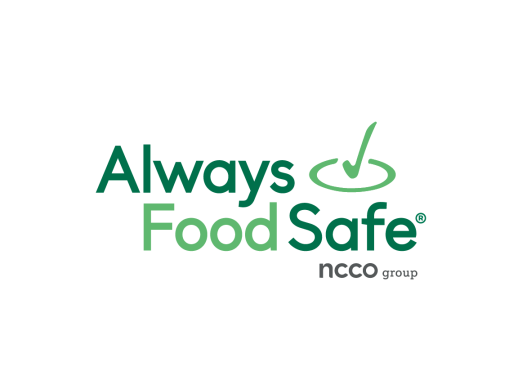Food safety is of utmost importance in any workplace that handles food. Whether it's a restaurant, a cafeteria, or a food processing facility, ensuring that employees are well-trained in food safety practices is crucial to preventing foodborne illnesses and maintaining a safe working environment. In this article, we will explore the key benefits of consistent food safety training, the role of food safety certification, the importance of trained managers in food management, the advantages of online food safety training, how to choose the right learning management system (LMS) for food safety training, the key components of an effective food safety training program, and the process of obtaining food manager certification. By the end of this article, you will understand the significance of food safety training and the steps you can take to create a safer workplace.

 English
English
 Spanish
Spanish
